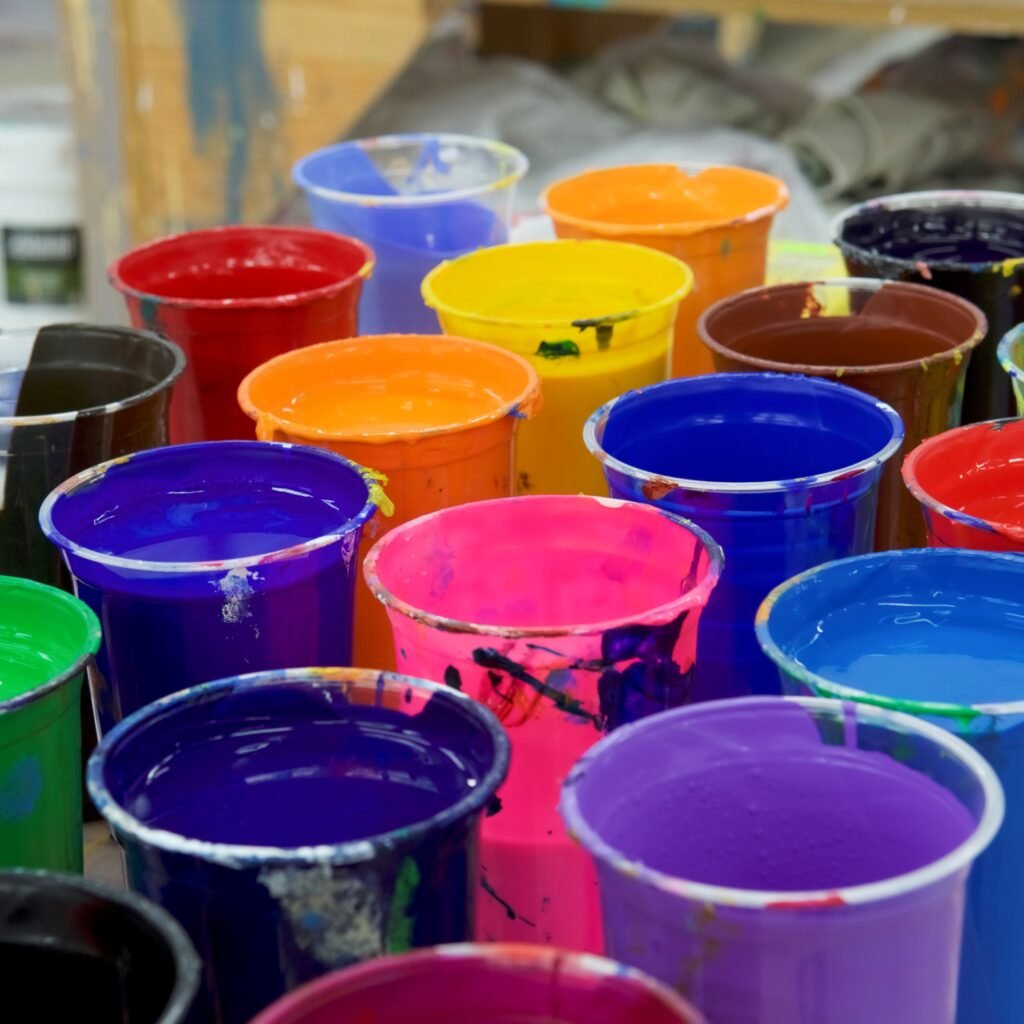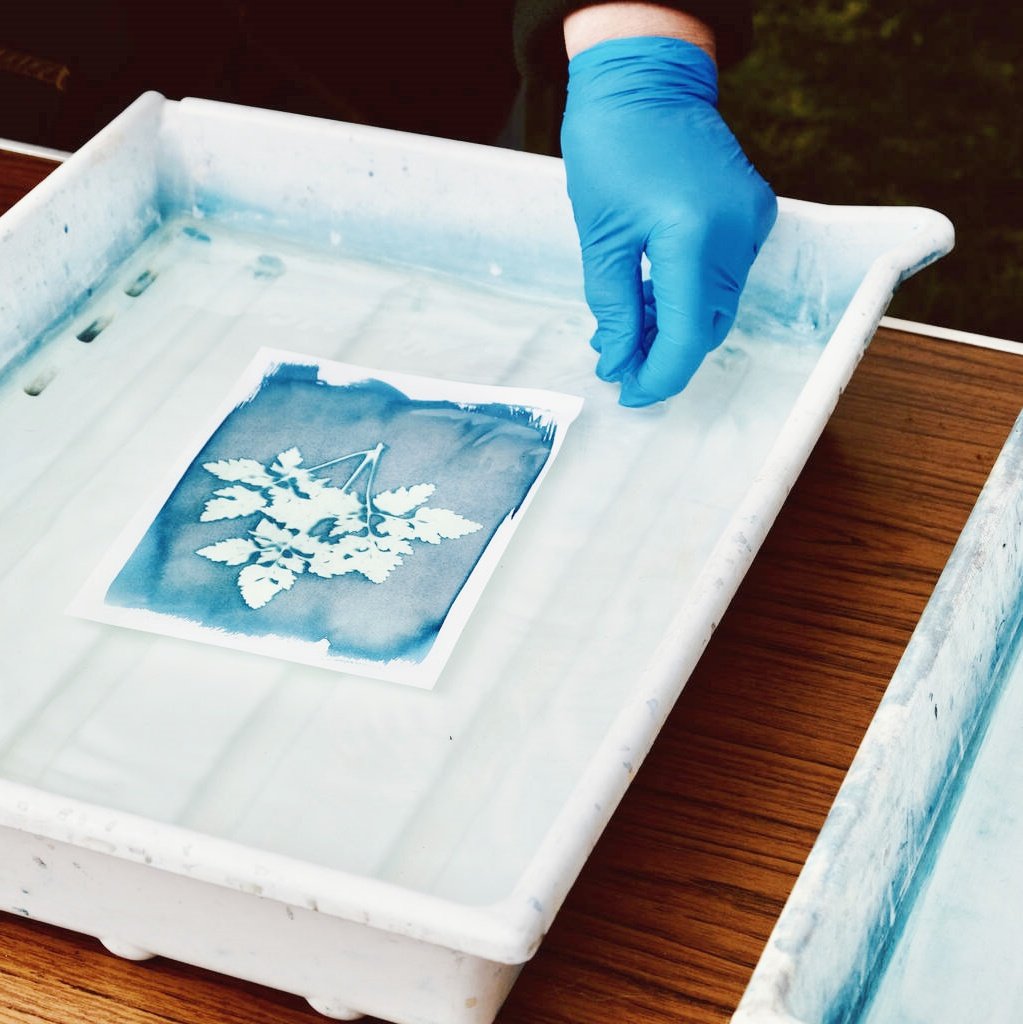In the field of screen printing, plastisol ink is highly popular for its vibrant colors, excellent opacity, and durability. However, the formation of bubbles during the stirring process of plastisol ink can be a troublesome issue. Bubbles can affect the uniformity and fluidity of the ink, potentially leading to defects in the printed products. This article delves into the techniques and methods for avoiding bubble formation when stirring plastisol ink, while also incorporating knowledge about standard plastisol inks. It aims to help plastisol ink suppliers and printing professionals improve print quality.
I. Understanding the Characteristics of Plastisol Ink
1.1 Overview of Standard Plastisol Inks
Standard plastisol inks are one of the most commonly used ink types in screen printing. They typically exist in a liquid form, consisting of resins, pigments, plasticizers, and fillers. During stirring, these components need to be thoroughly mixed to ensure the uniformity and stability of the ink.
1.2 Standard Plastisol Inks PDF and Review
For users who want to gain a deeper understanding of standard plastisol inks, they can refer to related PDF documents or read user reviews. These resources usually provide detailed technical parameters, usage guidelines, and user feedback, aiding users in better selecting and using the inks.
1.3 Example of Startex Maroon Plastisol Ink
Startex Maroon Plastisol Ink, as a specific type of standard plastisol ink, holds a place in the printing industry due to its unique color and performance. Understanding the characteristics of this ink can help us better grasp the precautions during the stirring process.
II. Basic Steps for Stirring Plastisol Ink
2.1 Preparation
Before stirring plastisol ink, adequate preparations need to be made. This includes selecting suitable stirring equipment (such as an electric stirrer), cleaning the stirring container, and ensuring that the ink is used at an appropriate temperature.
2.2 Stirring Process
When stirring plastisol ink, certain steps and techniques should be followed. First, pour the ink into the stirring container and then start the stirrer for mixing. During stirring, it is necessary to control the stirring speed and time to avoid ink splashing and bubble formation.
III. Techniques and Methods for Avoiding Bubble Formation
3.1 Controlling Stirring Speed
Stirring speed is one of the important factors affecting bubble formation. Excessive stirring speed can lead to ink splashing and bubble formation, while too slow stirring speed may result in uneven mixing of the ink. Therefore, during stirring, it is necessary to control the stirring speed within an appropriate range.
When stirring standard plastisol inks such as Startex Maroon Plastisol Ink, special attention should be paid to controlling the stirring speed.
3.2 Using Suitable Stirring Tools
The choice of stirring tools also affects bubble formation. Using too rough or sharp stirring tools can disrupt the uniformity of the ink and may cause bubble formation. Therefore, it is recommended to choose smooth and moderate stirring tools for mixing.
Additionally, the material of the stirring tools also needs to be considered to avoid chemical reactions with the ink.
3.3 Adjusting Ink Temperature
Ink temperature is another important factor affecting bubble formation. Excessively high ink temperature can accelerate the evaporation of solvents in the ink, leading to bubble formation. Therefore, before stirring, the ink should be adjusted to within an appropriate temperature range.
For standard plastisol inks, it is generally recommended to stir at room temperature.
3.4 Eliminating Already Formed Bubbles
If bubbles are formed during stirring, some measures can be taken to eliminate them. For example, defoamers can be used for treatment, or the ink can be allowed to sit for a period of time to let the bubbles dissipate naturally.
When eliminating bubbles, it is important not to disrupt the uniformity and stability of the ink.
3.5 Precautions and Common Issues
- Avoiding Over-stirring: Over-stirring can cause the pigment particles in the ink to break, affecting the opacity and color saturation of the ink.
- Paying Attention to Stirring Sequence: When stirring inks containing multiple components, it is necessary to follow a specific sequence to ensure thorough mixing of the components.
- Preventing Ink Splashing: During stirring, it is important to prevent the ink from splashing outside the stirring container to avoid waste and environmental pollution.
- Answers to Common Questions: If issues such as excessively high or low ink viscosity or uneven color are encountered, refer to the usage guide for standard plastisol inks or consult professionals for solutions.
IV. Practical Cases and Effect Analysis
4.1 Practical Case
The following is a practical case regarding the stirring of plastisol ink. A printing factory found that a large number of bubbles were formed during the stirring process when using Startex Maroon Plastisol Ink for printing. After analysis, it was determined that the excessive stirring speed was the cause. Therefore, the printing factory adjusted the stirring speed and used a defoamer for treatment. Ultimately, the bubbles were successfully eliminated, improving print quality.
4.2 Effect Analysis
The practical case demonstrates that controlling stirring speed and using defoamers are effective methods for avoiding bubble formation. At the same time, attention should also be paid to factors such as ink temperature and stirring tools that affect bubble formation.
V. Advanced Techniques for Stirring Plastisol Ink
5.1 Vacuum Stirring Technology
Vacuum stirring technology is an advanced stirring method that can eliminate bubbles in the ink during the stirring process. This technology uses a vacuum pump to extract air from the stirring container, creating a negative pressure environment. In this environment, the bubbles in the ink will quickly expand and burst, achieving the purpose of eliminating bubbles.
It should be noted that vacuum stirring technology requires specialized equipment and operational skills, so it is not applicable to all printing factories.
5.2 Ultrasonic Stirring Technology
Ultrasonic stirring technology utilizes the vibration effect of ultrasound to stir the ink. When ultrasound propagates in a liquid, it generates intense vibrations and microjet effects, which disrupt the bubbles in the ink and cause them to disperse rapidly.
Ultrasonic stirring technology has the advantages of high stirring efficiency and thorough bubble elimination, but it also requires specialized equipment and operational skills.
5.3 Other Advanced Techniques
Apart from vacuum stirring technology and ultrasonic stirring technology, there are also other advanced techniques that can help avoid bubble formation. For example, stirrers with built-in defoaming devices can be used; the ink can be preheated before stirring; or an appropriate amount of solvent can be added during stirring to reduce the viscosity of the ink.
These advanced techniques need to be selected and applied based on specific printing needs and ink characteristics.
Conclusion
Avoiding bubble formation when stirring plastisol ink is a crucial aspect of ensuring print quality. By controlling stirring speed, using suitable stirring tools, adjusting ink temperature, and taking defoaming measures, bubbles can be effectively avoided. At the same time, attempts can also be made to use advanced techniques such as vacuum stirring technology and ultrasonic stirring technology to further improve stirring effectiveness. As a plastisol ink supplier, we understand the importance of the stirring process and continuously develop and improve product performance to meet the diverse needs of customers. We hope this article provides useful reference and assistance to printing professionals.


